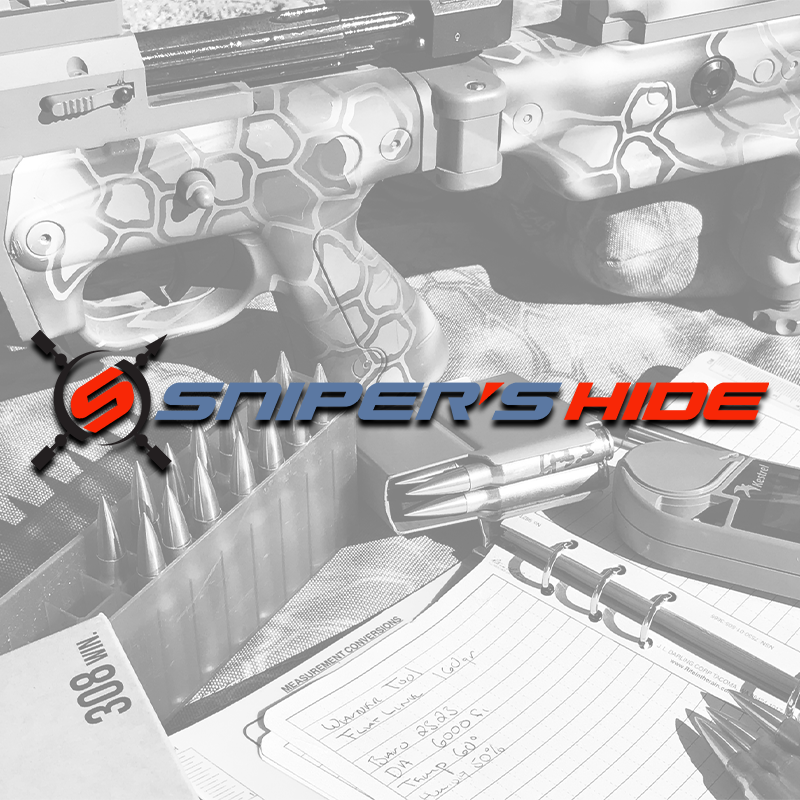Yea @Rob01 you big fucking meanie. What the hell do you know?
We would have won the Vietnam war if the damn snipers knew to lube their mounts/rings. The only reason they didn't know their rifles were off by 9 mils is they still used moa and everyone knows Marines can only count as high as their fingers allow.
It's ALMOST like the manufactures of these mounts do not understand how to properly spec the torque values and do not take into account a wet vs dry fastners, nor do they properly engineer the size fastners to be able to use the required torque to seat properly. Or there is tolerance stacking .....or 50 other things that could cause an issue that wetting (over torquing) only covers up the symptoms instead of addressing the ACTUAL issue be it design, material, manufacturing,ect.
We would have won the Vietnam war if the damn snipers knew to lube their mounts/rings. The only reason they didn't know their rifles were off by 9 mils is they still used moa and everyone knows Marines can only count as high as their fingers allow.
It's ALMOST like the manufactures of these mounts do not understand how to properly spec the torque values and do not take into account a wet vs dry fastners, nor do they properly engineer the size fastners to be able to use the required torque to seat properly. Or there is tolerance stacking .....or 50 other things that could cause an issue that wetting (over torquing) only covers up the symptoms instead of addressing the ACTUAL issue be it design, material, manufacturing,ect.
Last edited:




